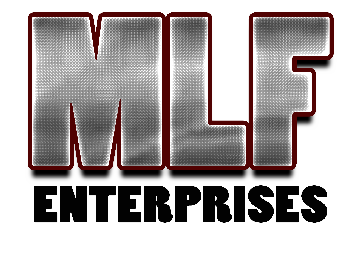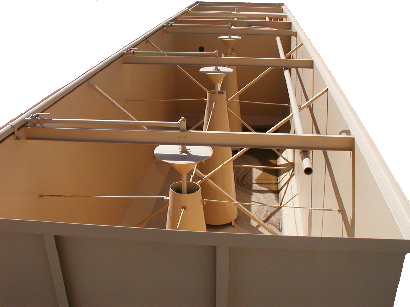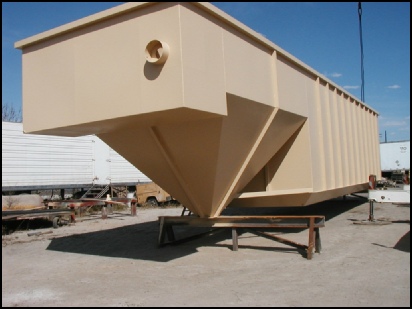The principle items of equipment in a pre-fabricated carbon steel packaged wastewater
treatment plant include, but is not limited to the following: inlet bar screen,
optional comminutor, optional flow equalization basin, optional flow equalization
pumps, optional digester, optional supernatant air lift pump, optional flow control
trough with overflow and 90o V-notch weir, aeration basin, diffused air aeration
system, clarifier basin, return sludge airlift pump, air lift skimmer, baffles, effluent
weir trough, chlorine contact basin, table style chlorine feeder, optional froth
spray, plant walkway with handrails, ladder, optional stairs, rotary blowers complete
with necessary motors and control panel with housing, and all internal plant piping
and wiring.
This type of plant comes in many sizes, but basically there are just two compartments
or tanks made from one large tank. The larger compartment is used for aeration, and
the smaller one for clarification and settling.
The most common types of treatment processes are the extended aeration type, the
contact stabilization type, and the complete mix type. These processes are essentially
modifications to the conventional activated sludge process and describe the structural
arrangement of the aeration tank as well as the various arrangements of process streams
that are used to provide process flexibility. Realistically, almost all package plants
are of the extended aeration type. They have long solids retention times, high mixed
liquor suspended solids and low food/microorganism ratios.
The advantages of package plants are that they are effective, the final effluent
can be safely discharged into the environment, ease of operation, low maintenance,
and have a long service life.
Typical Applications: Military Bases, Power Plants,
Mobile Home Parks, Schools & Mining/Construction sites




